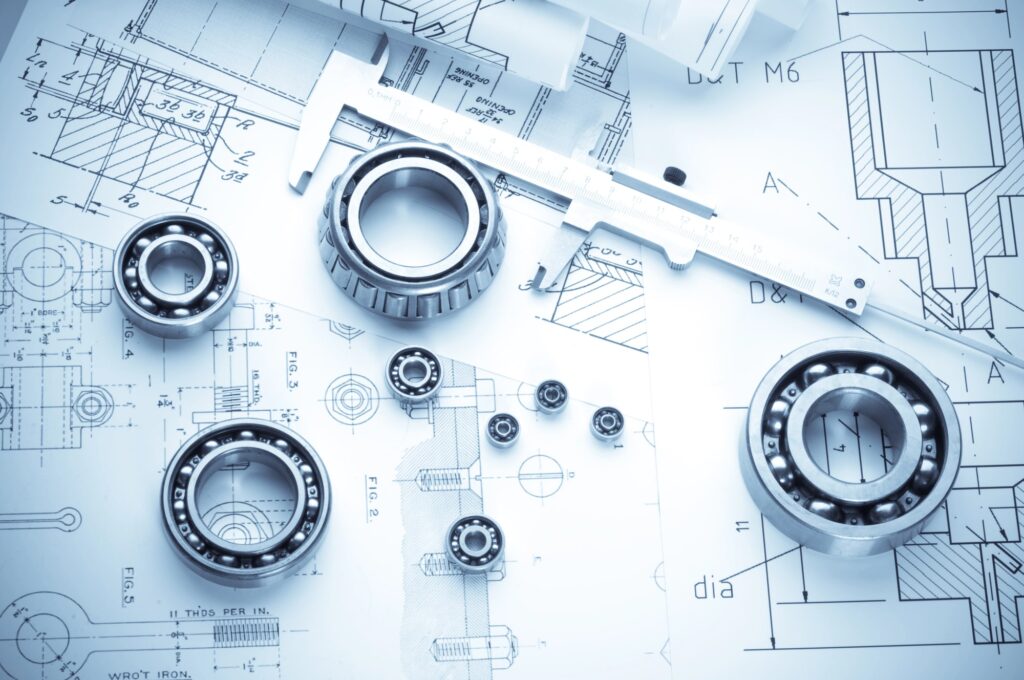At the heart of architectural innovation and historic preservation lies a delicate balancing act: harmonizing modern functionality with traditional charm.
This dynamic was exemplified during the April 9, 2025, Historic Preservation meeting in Boca Grande, Florida, where a physical architectural model became the linchpin in successfully approving additions to a mid-century home.
By visually demonstrating the proposed updates’ scale and compatibility, the model addressed preservation concerns and met the board’s exacting standards.
Here’s a closer look at how this case underscores the essential role architects play in safeguarding historic districts while paving the way for thoughtful progress.
The Role of the Physical Model in Historic Preservation
Historic preservation boards often struggle with approving modern additions without compromising the character of a historic district.
In the case of the property at 1060 in the Boca Grande Historic District, owned by Bee Zee LLC, the architectural team employed an old-school tool to address this challenge: a physical model. This choice proved instrumental in bridging the gap between abstract design principles and real-world visualization.
With its ability to succinctly capture complex design ideas, the detailed house model demonstrated how the proposed changes aligned with the neighborhood’s historic fabric.
It offered a tangible representation of the property’s post-renovation state, reassuring board members that the additions would respect the historical integrity of the 1952 ranch house and its surroundings.
How Scale and Compatibility are Key in Historic Districts
One of the most significant concerns raised at the meeting centered on scale.
Book Your Dream Vacation Today
Flights | Hotels | Vacation Rentals | Rental Cars | Experiences
In historic districts, maintaining proportionality is critical, as oversized or incongruous additions can disrupt the cohesive aesthetic of the neighborhood.
The design team’s updated renderings—which were integrated into the presentation at the eleventh hour—further bolstered their case by clarifying the exact scope of the project.
Compatibility goes hand-in-hand with scale and encompasses adherence to architectural rhythms, material choices, and overall design language.
By addressing these aspects head-on, the team demonstrated that good design is not just built but thoughtfully integrated. This is a principle that architects and engineers should always prioritize when working in historic contexts.
Design Updates: A Collaborative Approach to Preservation
Another critical takeaway from the meeting was the importance of flexibility and collaboration.
The architectural team behind the Boca Grande property went above and beyond to adapt their vision in response to direct feedback from preservation board members.
Presenting last-minute updates, they illustrated a commitment to cooperation—a factor that undoubtedly influenced the favorable outcome.
Historic districts can present unique challenges for architects, but this case shows the value in being proactive and open to suggestions.
By remaining agile, the design team not only secured approval but also set a precedent for others navigating preservation board reviews.
Why Preservation Standards Benefit Communities
While some property owners may view historic preservation standards as an obstacle, they play an essential role in protecting architectural heritage.
These guidelines ensure that newer developments don’t erase the distinct character of a location. For Boca Grande residents, maintaining the historical essence of their neighborhood strengthens community ties and enhances property values.
The case of 1060 in the historic district is a shining example of how modern architecture and preservation goals can intersect creatively.
By clearly demonstrating their adherence to established standards, the design team facilitated an outcome that benefits both the property owner and the larger community.
Key Takeaways for Architects Working in Historic Contexts
From using physical models to embracing feedback, the success of the Boca Grande project provides valuable lessons for architects and engineers. Here are some key strategies:
- Utilize visual aids: Tools like physical models and renderings can make complex design ideas accessible to lay audiences, especially preservation boards.
- Prioritize scale and compatibility: Ensure that additions respect the proportions and architectural language of surrounding buildings.
- Be flexible and collaborative: Approaching the review process with an open mind can lead to a more favorable outcome.
- Focus on the community: Keep in mind that preservation efforts ultimately aim to enrich the neighborhood as a whole.
Looking Ahead: A Model for Future Success
As architects and engineers, our work often involves striking a delicate balance between innovation and respect for the past.
The Boca Grande Historic Preservation meeting underscored the power of thoughtful design. This was supported by tools like physical models and open dialogue to navigate these complexities successfully.
For projects in historic districts, this case highlights the importance of preparation, adaptability, and a commitment to community values.
The lessons observed from this small but significant victory will undoubtedly guide other teams as they take on similar challenges.
And as this project proves, when respect for tradition meets modern ingenuity, architecture has the power to honor history while building the future.
Here is the source article for this story: Architect’s model proves scale issue to Preservation Board
Book Your Dream Vacation Today
Flights | Hotels | Vacation Rentals | Rental Cars | Experiences

